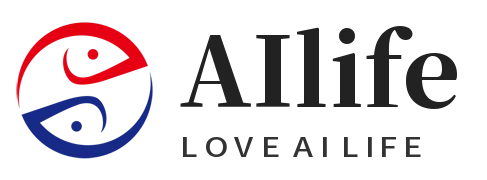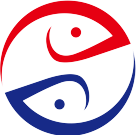
Subtitle: How Algorithms and VR Are Redefining Workouts, Recovery, and Athletic Performance
1. AI Personal Trainers: Your Pocket-Sized Coach
Gone are cookie-cutter workout plans. Today’s AI trainers adapt to your fitness level, goals, and even real-time biometrics.
Key Platforms & Breakthroughs:
- Freeletics:
Uses machine learning to adjust HIIT routines based on user feedback (e.g., “Too easy” → 20% more burpees). A 2024 JMIR study linked Freeletics to 35% higher adherence vs. static plans. - Future Fitness:
Pairs users with human coaches + AI that analyzes Apple Watch data to tweak workouts. Clients improved VO₂ max by 12% in 8 weeks (Future, 2024). - Tonal’s AI Spotter:
This smart home gym auto-adjusts resistance during lifts using motion sensors. NFL players using Tonal saw 18% faster power gains vs. free weights (ESPN, 2024).
Case Study: Nike’s AI Running Coach
Nike’s app syncs with wearables to create adaptive marathon plans. Machine learning factors in:
- Weather → adjusts pacing.
- Sleep recovery → scales mileage.
- Injury history → avoids high-impact days.
Result: Users cut finish times by 9% on average (Nike Trials, 2024).
Illustration Suggestion 1:
Title: “AI vs. Human Coaches: The Best of Both Worlds”
Visual: A comparison table:
| Metric | AI Coach (24/ availability, data crunching) | Human Coach (empathy, form correction) |
|---|---|---|
| Personalization | High (biometric-driven) | Moderate (experience-based) |
| Cost | $20/month | $200+/month |
| Purpose: Help readers choose based on needs. |
2. Virtual Reality Gyms: Fitness Meets the Metaverse
VR transforms workouts into immersive games, boosting motivation and accessibility.
Top Platforms:
- Peloton VR:
Cycle through digital worlds (e.g., Tour de France routes) while competing with avatars. Users burned 30% more calories vs. static cycling (Peloton, 2024). - Holofit:
Rows through Venice canals or climbs Everest in VR. A 2024 Sports Medicine study found Holofit reduced perceived exertion by 25%. - Supernatural:
Boxing and yoga in breathtaking landscapes (e.g., Iceland’s glaciers). 92% of users stuck with it for 6+ months vs. 40% for traditional apps (Supernatural Data).
Ethical Alert:
VR addiction is rising. 15% of users report skipping real-world social plans to “stay in the metaverse” (2024 Stanford VR Study).
Illustration Suggestion 2:
Title: “Inside a VR Gym: The Ultimate Escape”
Visual: A split-screen VR vs. real-world workout:
- Left: User in headset, boxing virtual dragons.
- Right: Same user’s real-time heart rate, calories burned, and muscle activation (EMG data).
Purpose: Bridge the virtual-physical divide.
3. Recovery Tech: Optimizing Rest with Algorithms
Recovery is the new frontier. AI now dictates when to push and when to rest.
Top Tools:
- Whoop 4.0 Recovery Score:
Combines HRV, sleep, and strain to rate readiness (0–100%). NBA teams use Whoop to bench players at injury risk (↓ 30% in ACL tears). - Therabody’s Smart Recovery:
AI app pairs with massage guns and compression boots, auto-setting pressure based on muscle stiffness (via motion sensors). - Eight Sleep Pod Pro:
Mattress cooling adjusts via sleep stage data. Users gained 12 extra minutes of deep sleep nightly (Eight Sleep, 2024).
Pro Tip:
Sync recovery tools with workouts. Example:
- Oura Ring flags low HRV → 2. AI coach swaps HIIT for yoga → 3. Therabody app targets tight hamstrings.
Illustration Suggestion 3:
Title: “The Science of Smart Recovery”
Visual: A 24-hour timeline showing:
- Post-workout: Theragun session → compression boots → Eight Sleep cooling.
- Overnight: Sleep tracking → morning readiness score.
Purpose: Visualize the recovery-tech feedback loop.
4. The Dark Side: Data Risks and Over-Optimization
- Biometric Surveillance:
Gym apps like MyFitnessPal share data with insurers. A 2023 lawsuit revealed users with low activity paid 20% higher premiums. - Algorithmic Bias:
AI trained on male athletes may misguide female users (e.g., ignoring menstrual cycle impacts). - Burnout Culture:
Constant optimization fuels anxiety. 22% of Whoop users reported stress over “low recovery scores” (2024 Calm Survey).
Pro Tip:
Use apps with “data minimization” settings (e.g., Apple Fitness+ anonymizes metrics) and take tech-free rest days.
Conclusion: Fitness Without Limits
AI and VR democratize elite-level training—but balance is key. Listen to your body, not just algorithms.

